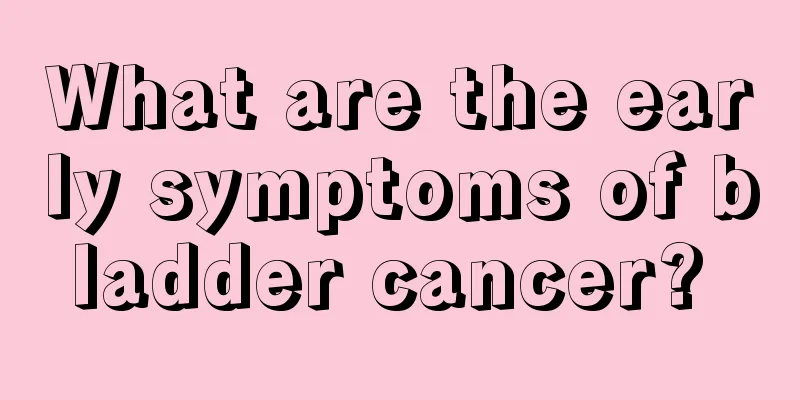Distribution of human organs

|
Organs are the basic structure of the human body. Different organs have different functions and shoulder different missions. As for human health, no matter which organ is diseased, it will cause great inconvenience and even threaten the patient's life. So, what organs are there in the human body? How are these organs distributed? The following is a detailed introduction to the distribution of organs in the human body. 1. Introduction to human organs A structural unit composed of multiple tissues that can perform a specific function is called an organ. The structural characteristics of an organ are adapted to its function. We generally tend to notice organs that are intuitive and have concentrated tissue. For example: sensory organs such as eyes, ears, nose, and tongue; and internal organs such as the heart, liver, lungs, stomach, and kidneys. Many organs are easily overlooked and not considered as organs. For example, any skeletal muscle, skin, etc. Traditional Chinese medicine divides the important internal organs of the human body into two categories: viscera and bowels. The theory about viscera and bowels is called the "Zang-Xiang" theory. Zang, the same as “zang”, refers to the internal organs hidden inside; Xiang is a sign or image. This means that although the internal organs exist inside the body, their physiological and pathological changes will manifest themselves externally. Therefore, the Zang-Fu theory of traditional Chinese medicine is a theory that studies the activities of internal organs and their interrelationships by observing external signs of the human body. 2. Distribution of human organs Traditional Chinese medicine divides the important internal organs of the human body into two categories: viscera and bowels. Zang mainly refers to some organs filled with internal tissues in the chest and abdominal cavity. Their common function is to store essence. Essence and Qi refer to the nutrients that are indispensable for nourishing the internal organs and maintaining life activities. Fu organs mostly refer to some hollow organs in the chest and abdominal cavity. They have the functions of digesting food, absorbing nutrients and excreting waste. The five internal organs are: heart, liver, spleen, lungs, and kidneys. The six internal organs are: gallbladder, stomach, small intestine, large intestine, bladder, triple burner "Zang" refers to solid organs with structures. The heart, liver, spleen, lungs, and kidneys are the five zang organs, and together with the pericardium, they are also called the six zang organs. However, it is customary to attach the pericardium to the heart, and the five internal organs include the pericardium. Zang means storage. The heart stores the spirit, the lungs store the soul, the liver stores the spirit, the spleen stores the intention and wisdom, and the kidneys store the essence and will, so they are the five internal organs. The essence of traditional Chinese medicine: All the five internal organs have official titles "Fu" refers to hollow organs, including the gallbladder, stomach, large intestine, small intestine, bladder, and triple burner. They receive the turbid qi from the five internal organs and are known as the organs of transmission and transformation, so there are six fu. 3. The Correspondence between the Five Elements and the Human Body The five elements are wood, fire, earth, metal and water, representing five attributes. They are abstract concepts and should not be understood as something specific. Five is a universal number, five fingers, five senses, five internal organs, and five flavors. There are many things that can be divided into five categories. In traditional Chinese medicine, the five elements are used to describe the functions and relationships of the five internal organs of the human body (liver, heart, spleen, lungs, and kidneys). Note that the five internal organs here are also a functional concept (called Zang-Xiang), and are not limited to the specific anatomical five internal organs. |
<<: Human body structure and function
>>: The hardest part of the human body is
Recommend
What are the precautions after laparoscopic hysterectomy
Women with severe uterine diseases need to have t...
The benefits of not washing your face at night
We wash our faces first thing after getting up ev...
How much does early kidney cancer cost
How much does early kidney cancer surgery cost? K...
What should I do if I have eaten when applying for a health certificate?
If you have eaten before applying for a health ce...
Is nasopharyngeal carcinoma contagious?
Is nasopharyngeal carcinoma contagious? Nasophary...
Will eating midnight snacks cause cancer?
With the improvement of living standards, people&...
How to treat left ovarian teratoma?
The best treatment for left ovarian teratoma is s...
Factors affecting the prognosis of melanoma
Melanoma has a high recurrence and metastasis rat...
Can milk powder be eaten with rice flour?
Milk powder and rice cereal are both common compl...
Which hospital is best for rectal cancer surgery
The rectum is an important organ of the human bod...
Don't touch the hair in one area
Every adult has armpit hair. Some people have thi...
How do patients with lymphoma exercise?
When it comes to lymphoma, many people will think...
Can anal fistula turn into rectal cancer?
Can anal fistula turn into rectal cancer? 1. Anal...
What are the clinical manifestations of bladder cancer
Bladder cancer is a common tumor with a higher in...
Do patients with endometrial cancer need reexamination after treatment?
Do patients with endometrial cancer need follow-u...









